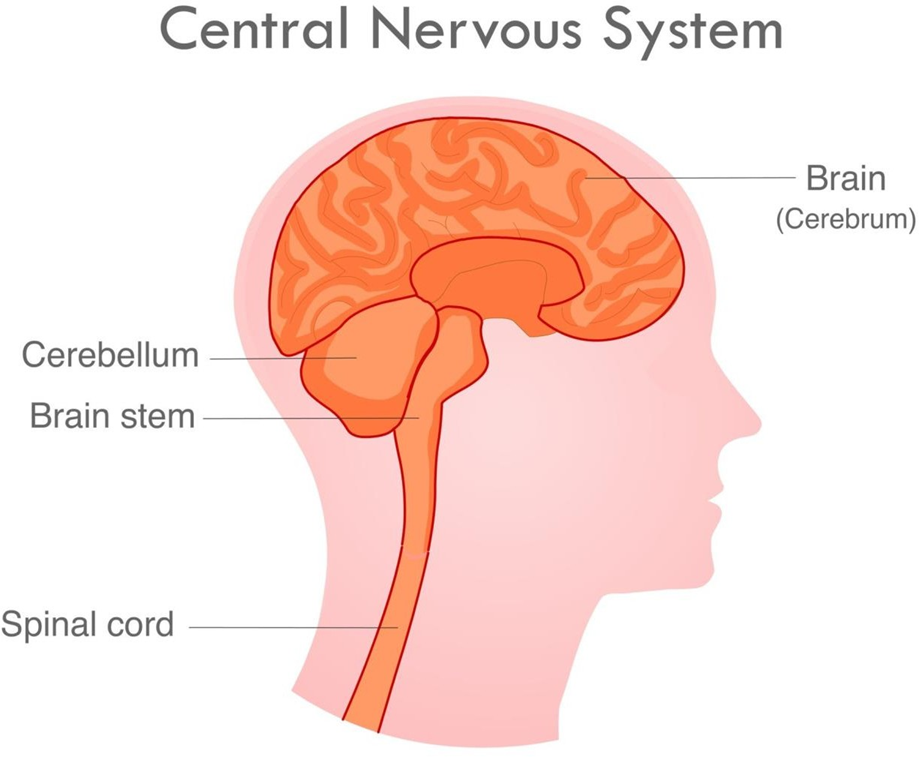A client comes to the clinic and reports having weakness in the left arm and leg for the past week. The nurse should perform which type of neurological exam?
Glasgow Coma Scale
Complete neurological examination
Muscular examination
Neurologic recheck examination
The Correct Answer is B
A. The Glasgow Coma Scale assesses a patient's level of consciousness, not specifically limb weakness.
B. A complete neurological examination would involve assessing cranial nerves, motor and sensory functions, reflexes, coordination, and gait, which are essential when a client presents with unilateral weakness in the arm and leg.
C. A muscular examination might focus more on muscle strength and tone but might not cover the breadth of neurological assessment needed in this scenario.
D. Neurologic recheck examination suggests a reassessment after an initial neurological exam but doesn’t specify the need for a comprehensive evaluation.
Nursing Test Bank
Naxlex Comprehensive Predictor Exams
Related Questions
Correct Answer is A
Explanation
A. The Cowper gland, also known as the bulbourethral gland, secretes a thin, milky alkaline fluid that neutralizes acidity in the urethra and enhances sperm viability.
B. The prostate gland secretes a milky, slightly acidic fluid that nourishes and protects sperm, contributing to semen volume.
C. The bulbourethral gland (Cowper gland) is responsible for producing the thin, alkaline fluid that neutralizes the urethra and enhances sperm viability.
D. The median sulcus refers to a groove or depression on the surface of an organ and is not associated with secretion in the reproductive system.
Correct Answer is C
Explanation
A. This option inaccurately includes "electrical impulse stimulators," which is not a recognized component of the central nervous system. The central nervous system comprises the brain and spinal cord.
B. The hypothalamus and cerebral nerves are parts of the nervous system but do not represent the entirety of the central nervous system.
C. The central nervous system consists specifically of the brain and spinal cord, responsible for coordinating and processing sensory information.
D. The peripheral and autonomic components belong to the broader nervous system but are not part of the central nervous system.

Whether you are a student looking to ace your exams or a practicing nurse seeking to enhance your expertise , our nursing education contents will empower you with the confidence and competence to make a difference in the lives of patients and become a respected leader in the healthcare field.
Visit Naxlex, invest in your future and unlock endless possibilities with our unparalleled nursing education contents today
Report Wrong Answer on the Current Question
Do you disagree with the answer? If yes, what is your expected answer? Explain.
Kindly be descriptive with the issue you are facing.
